The 2016 Season Preview - New Rules, Teams, Drivers & Races
Can Ferrari take the fight to Mercedes this year and make the 2016 FIA Formula One World Championship a genuine two-horse race? Have the Italian team done enough work over the winter to take the big step needed to challenge the dominant Silver Arrows, who have won 32 of the 38 races since the new turbo-hybrid rules were inaugurated in 2014?
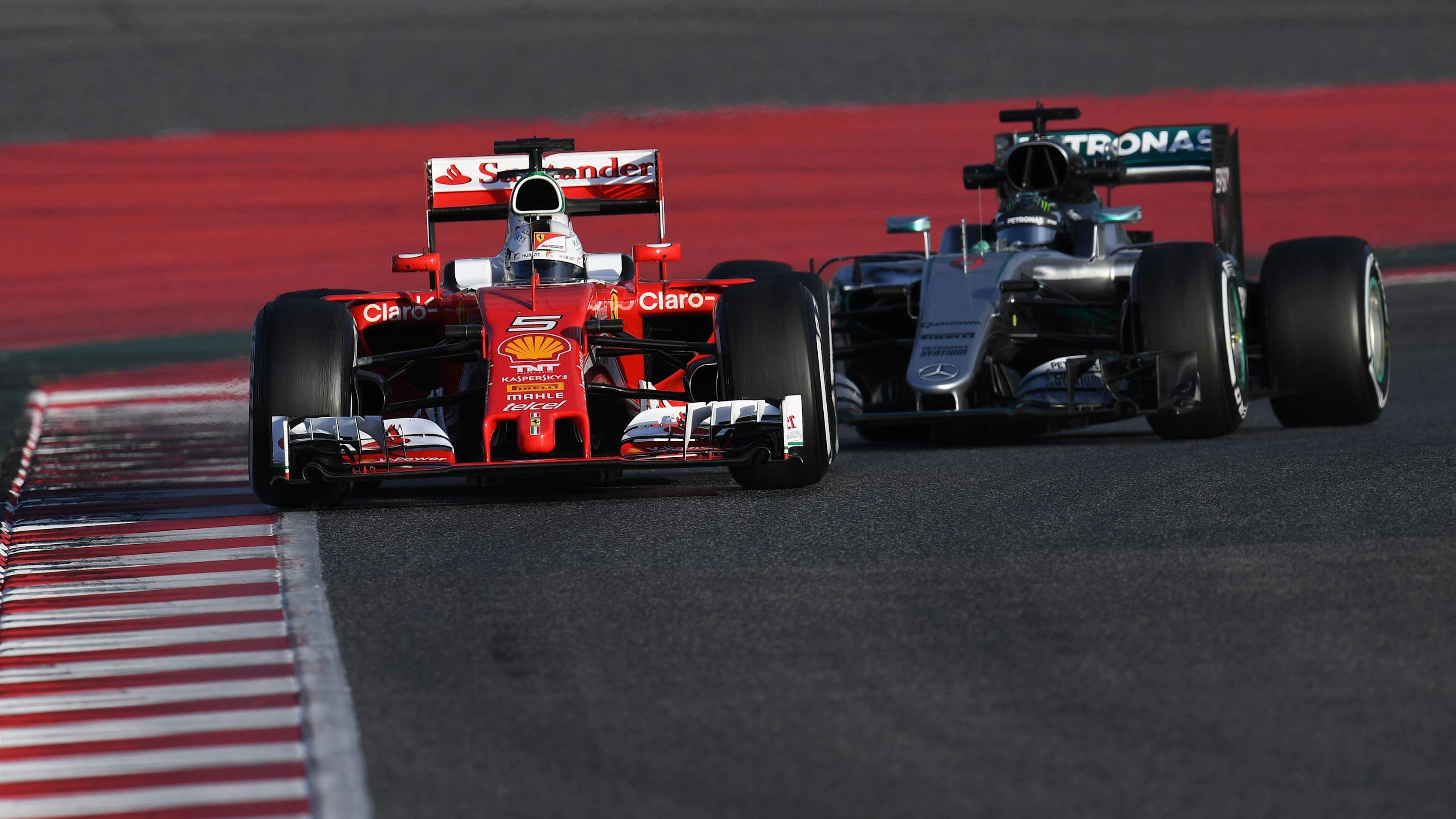
Have Ferrari closed the gap to Mercedes? Many think 'yes'
As questions go it’s the most pressing one in F1 racing right now, and certainly worth a lot more than the proverbial $64million.
If - as many commentators believe - the answer is in the affirmative, we should be in for a superb season of classic back-and-forth racing between two great names at the sharp end, along with what promises to be a slugfest in the upper midfield.
But before assessing the relative merits of the leading contenders, a look at what’s changed since 2015. Not much, is the answer, and the competition should be all the better for that. Most of the teams, and at least two of the four engine manufacturers, have got a firm handle on things after the past two seasons, and that alone could help to close things up given the laws that govern diminishing returns.
In terms of the technical and sporting regulations, driver safety is further enhanced thanks to a much tougher lateral impact test on the chassis, but the most interesting changes are noisier and more powerful cars; a revised choice of tyres for each driver at each race; further limitations on car-to-pit radio communications; and revisions to qualifying.
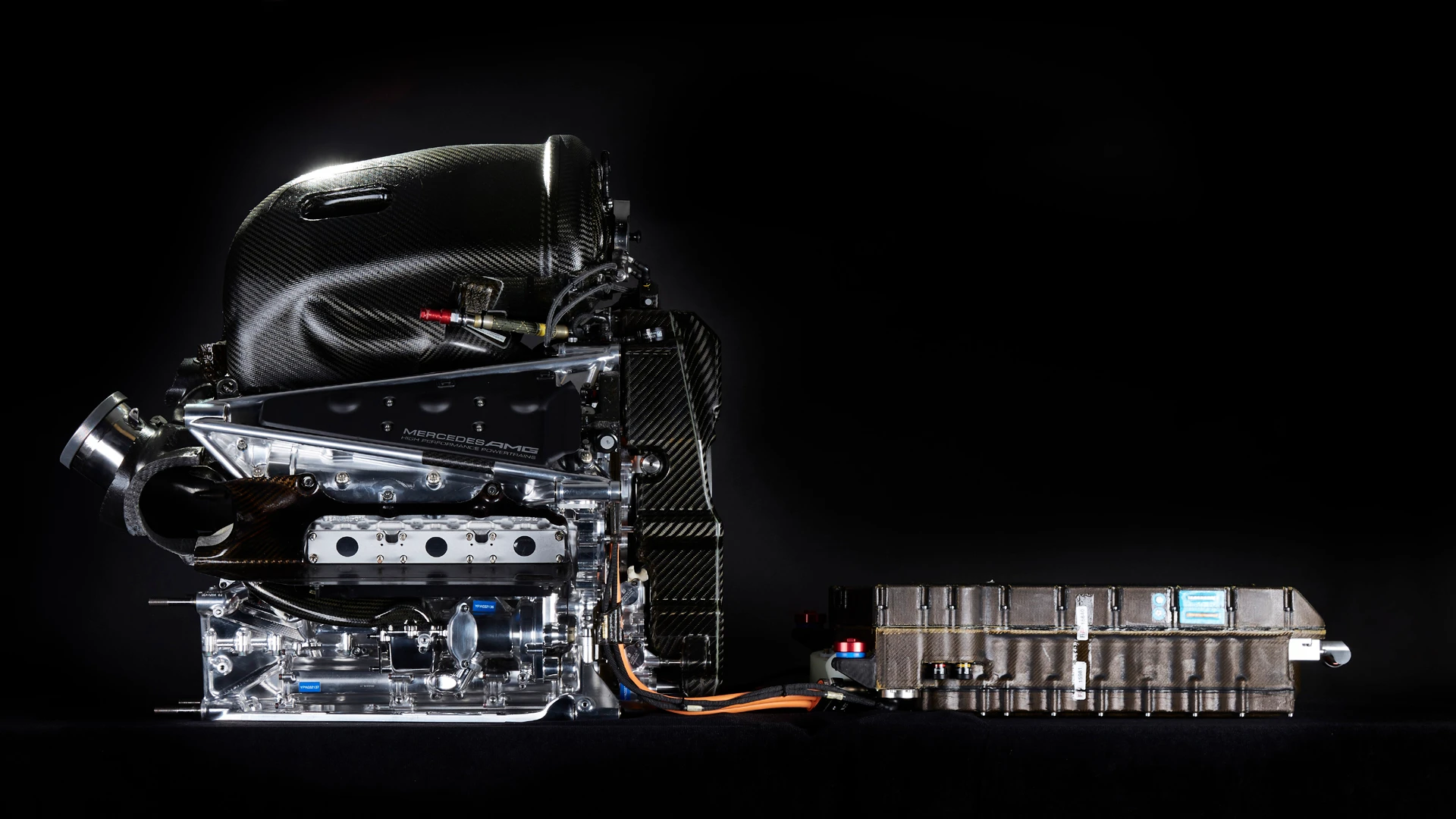
The best engines may now be exceeding 1000 bhp
Power unit changes
Engine development restrictions have been eased so that power unit providers such as Renault and Honda who have been struggling, have a better chance of catching up. Thus previously off-limits ‘black areas’ where no modifications were allowed have been opened up. Power levels from the best engines may now be exceeding 1000 bhp. Meanwhile, both Renault and Honda are believed to have boosted their power outputs by up to 70 bhp, and to be on a similar level to one another.
At the same time, the exhaust systems have been revised. The turbocharger wastegate’s chamber has been removed from the exhaust, thus eliminating what had effectively become a silencer, in order to give the engines a more guttural note intended to appease those who believed they were too quiet. Thermal efficiency and economy should not be affected.
A fifth choice of tyre
Adding to the unpredictability of racing in 2016, Pirelli have introduced a fifth tyre compound to their range of dry-weather rubber. The purple ultrasofts join the orange hards, the white mediums, the yellow softs and the red supersofts.
Pirelli will now bring three compounds to each race, each driver having 13 sets. Two sets of these will be nominated by Pirelli for the race, while a third set is reserved for Q3. Beyond that, each driver is free to make his own choice of compounds.
In Melbourne, for instance, Lewis Hamilton has opted for a set of mediums, six sets of softs and six sets of supersofts, whereas Mercedes team mate Nico Rosberg has gone for two sets of mediums, five of softs and six of supersofts. The Ferrari drivers have gone for the same two, five, six choice, while the Williams duo have chosen a set of mediums, five softs and seven supersofts.
The idea is that, within the limitations of Pirelli’s overall selection per race, drivers have the scope to make strategic choices based on their own driving styles, the characteristics of their cars, and the nature of each track.
Pirelli have also revised the basic construction of the tyres; they will still degrade when pushed beyond a certain point, but should be less prone to overheating during that process, thus enabling drivers to run closer to their individual limits rather than holding back and trying to postpone the moment when the tyre goes ‘over the cliff.’ This should provide another boost to the racing.
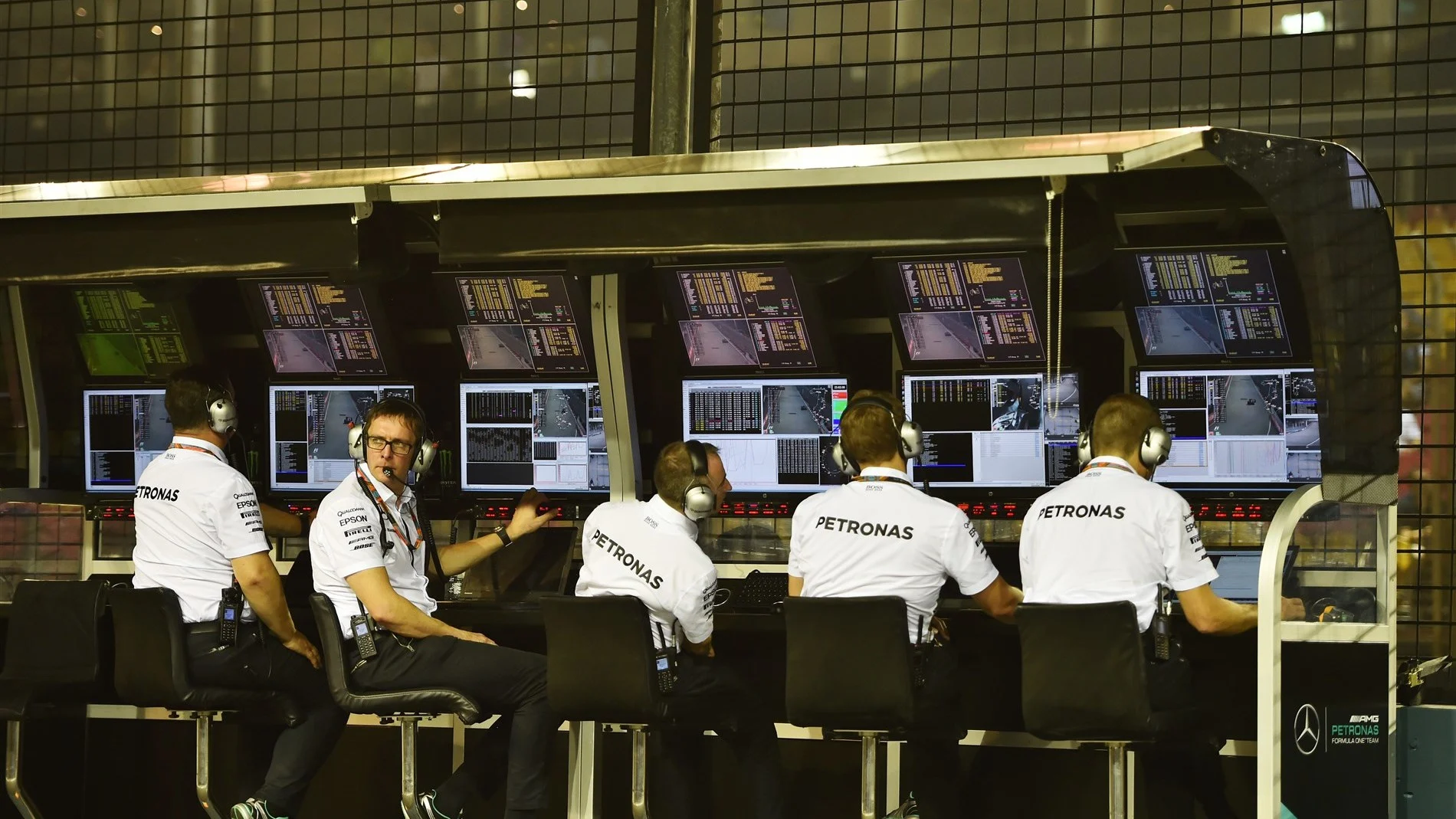
Much less information and data will be provided to drivers during races
Limitations on radio communication
As an extension of limitations on radio traffic introduced last year in an attempt to make drivers more self-reliant by reducing the in-race role of engineers, there has been further restriction on modes of communication.
Teams have come to embrace radio transmissions, and many principals believe that it allowed the fans to ride in the car with the drivers. But the intention is to make the latter more independent and to leave certain actions to them rather than to their engineers.
During races teams are still allowed to use the radio to warn the driver of any on-track dangers, such as track conditions - weather, oil or debris, etc; to inform him if his car has a critical problem, such as a puncture or an overheating engine; to do likewise if rival cars are similarly affected; to issue instructions if the driver needs to pit or retire his car; and to inform him of situations such as marshalling flags in certain corners, race cessation or any instructions they have received relating to the driver from race control.
What they can no longer do from the one-minute signal until the race-start signal, is instruct the driver to run through the pit lane, to go to the back of the grid, to discuss the balance of the car, to switch it off, or to conduct a radio check.
During grid reconnaissance laps, however, they can discuss the usual things such as what to do on following laps, whether to do practice starts leaving the pits, discuss the balance, go to the back of the grid, conduct radio checks, to come back through the pit lane, and to advise an incoming driver of pit lane conditions.
The intention is to make things less predictable and to introduce the possibility of human error. Thus each driver will have more say in his own race strategy, the deployment of various engine modes and tyre choices, perhaps even the timing of pit stops, and there will be less reliance on optimising everything via algorithms developed by the engineers.
For example, two team mates might choose different points of the race to engage certain engine modes. Thus there will be more leeway for drivers to pursue their own strategic initiatives rather than having to stick with what their team dictates - something that the Mercedes duo in particular complained of in 2014 and 2015 - with the added possibility that strategic errors made in the heat of battle might influence the outcome of races.
Changes to qualifying
A new qualifying procedure will go ahead in Melbourne - one which could give races an added twist by introducing a situation whereby the top runners might get caught out by circumstance and be unable to start from the front of the grid.
Here’s how it will work:
The three-session knockout system remains, but instead of a specified number of drivers being eliminated after set time periods, the clock will soon start ticking during each session.
Q1 will run for 16 minutes. After seven of them the current slowest car will be eliminated. This process will repeat every 90 seconds until 15 cars are left.
After a break they will proceed to Q2, which will last for 15 minutes, and after six the 90-second elimination periods will start again until only eight cars are left.
After another break Q3 will then see all eight running, but after five minutes six further cars will be eliminated over 90s periods until only two cars are left in a head-to-head fight for pole.
Speaking this week, world champion Lewis Hamilton urged everyone to reserve judgement until it has been tried in Albert Park.
“I’m looking forward to Melbourne and trying it out, maybe we’ll be surprised. It may be really exciting, or maybe it won’t be. We’ll see.”
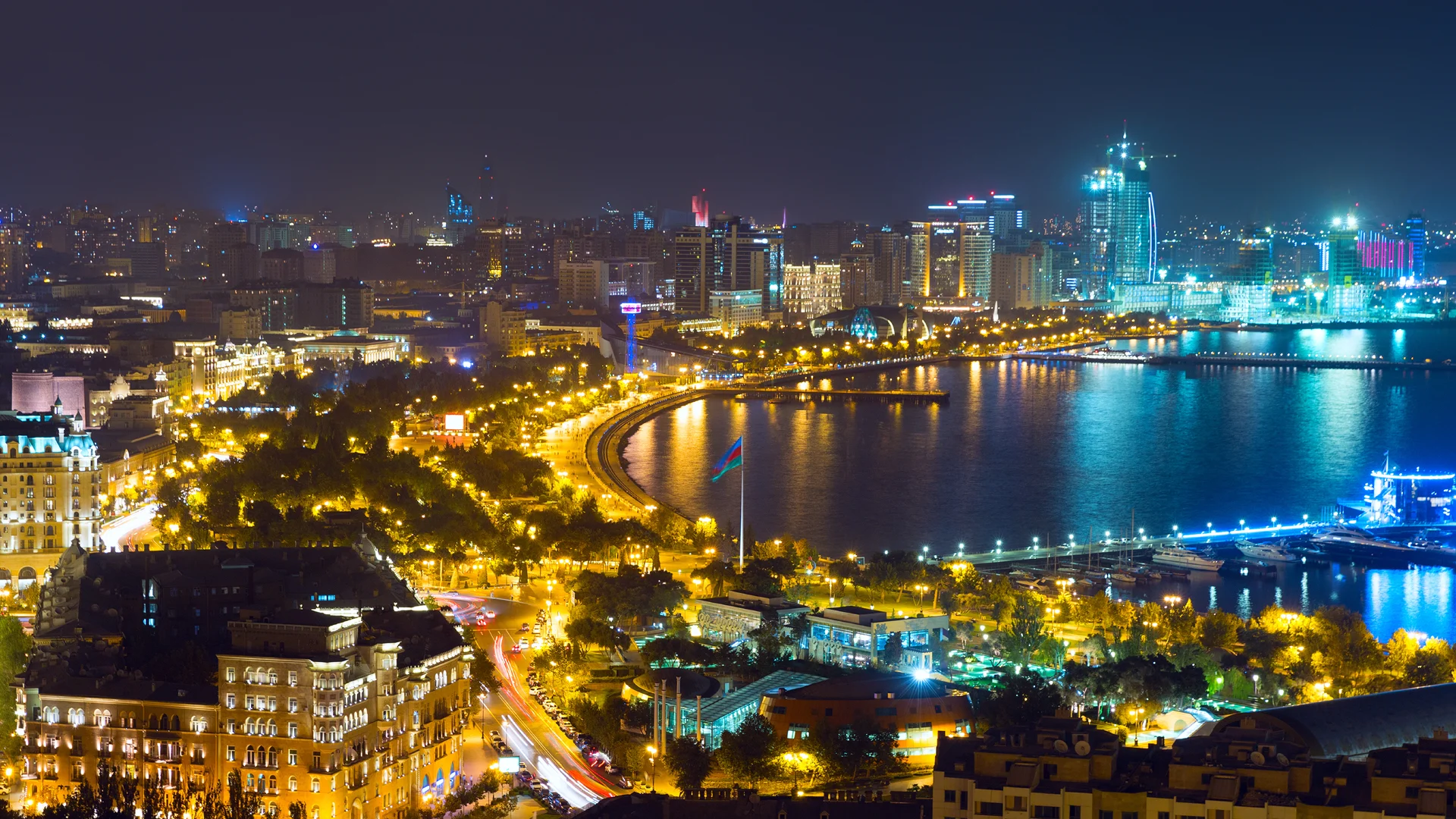
Baku is set to become the fastest street circuit on the F1 calendar
The longest season
Formula One racing will continue to push its global boundaries in 2016. The German Grand Prix returns at Hockenheim at the end of July, while the European round at Baku brings the number of races to a record 21 in the season.
The Baku City Circuit will host their inaugural race on June 17-19, the week after Canada, and will historically mark the first race ever to be held in Azerbaijan.
Three rookies and a familiar face
On the driving front, former McLaren racer Kevin Magnussen makes a welcome return in place of Pastor Maldonado at Renault (formerly Lotus), as the paddock also prepares to welcome three rookies: Jolyon Palmer, the son of former F1 racer Jonathan Palmer, at Renault; DTM champion and Mercedes protege Pascal Wehrlein at Manor, where he will partner Rio Haryanto, who will become the first Indonesian to race at motorsport’s highest level.
Uncle Sam joins in
As Renault return officially to F1 racing as a fully-fledged manufacturer for the first time since 2009, after taking back control of the latest iteration of Lotus, Gene Haas’s new team makes a welcome debut as it becomes the first American-led squad to compete in F1 racing since Beatrice Haas back in 1985-86.
So who will win?
All teams were limited to eight days of pre-season testing at Spain’s Circuit de Barcelona-Catalunya, but testing can be a notoriously fickle means of calculating likely form. You might know the details for one team, but nobody knows all the details for all of them, such as what weight of fuel a car was carrying when it did a strong lap, or which setting was being used on the engine. And just to make it even more confusing for their rivals, Mercedes did very little running on anything other than the medium tyres.
They did, however, complete an awful lot of laps. So if nothing else, we know that the F1 W07 Hybrid’s reliability is as close to bulletproof as its predecessors, even allowing for a transmission failure for Hamilton in the second test.
Last year the world champion team completed 1,340 laps over 12 days of testing; this year they managed nearly as much (1,294) in two-thirds of that time. Indeed, such was their metronomic progress that they eventually elected to split the running daily between Hamilton and Rosberg. In the course of 6,024 km, the Mercedes drivers completed the mileage of almost 19 Grands Prix… Rosberg’s 656-lap tally was far and away the highest of all of the drivers.
Mercedes were not, however, the fastest. That honour fell to Ferrari’s Kimi Raikkonen, with a best lap of 1m 22.765s on the ultrasoft Pirelli tyre, and he tied Rosberg for fastest time on the softs, with 1m 23.0s. Whereas Rosberg set that time on the first day of the second test, however, Raikkonen did so on the third when the track was well rubbered in.
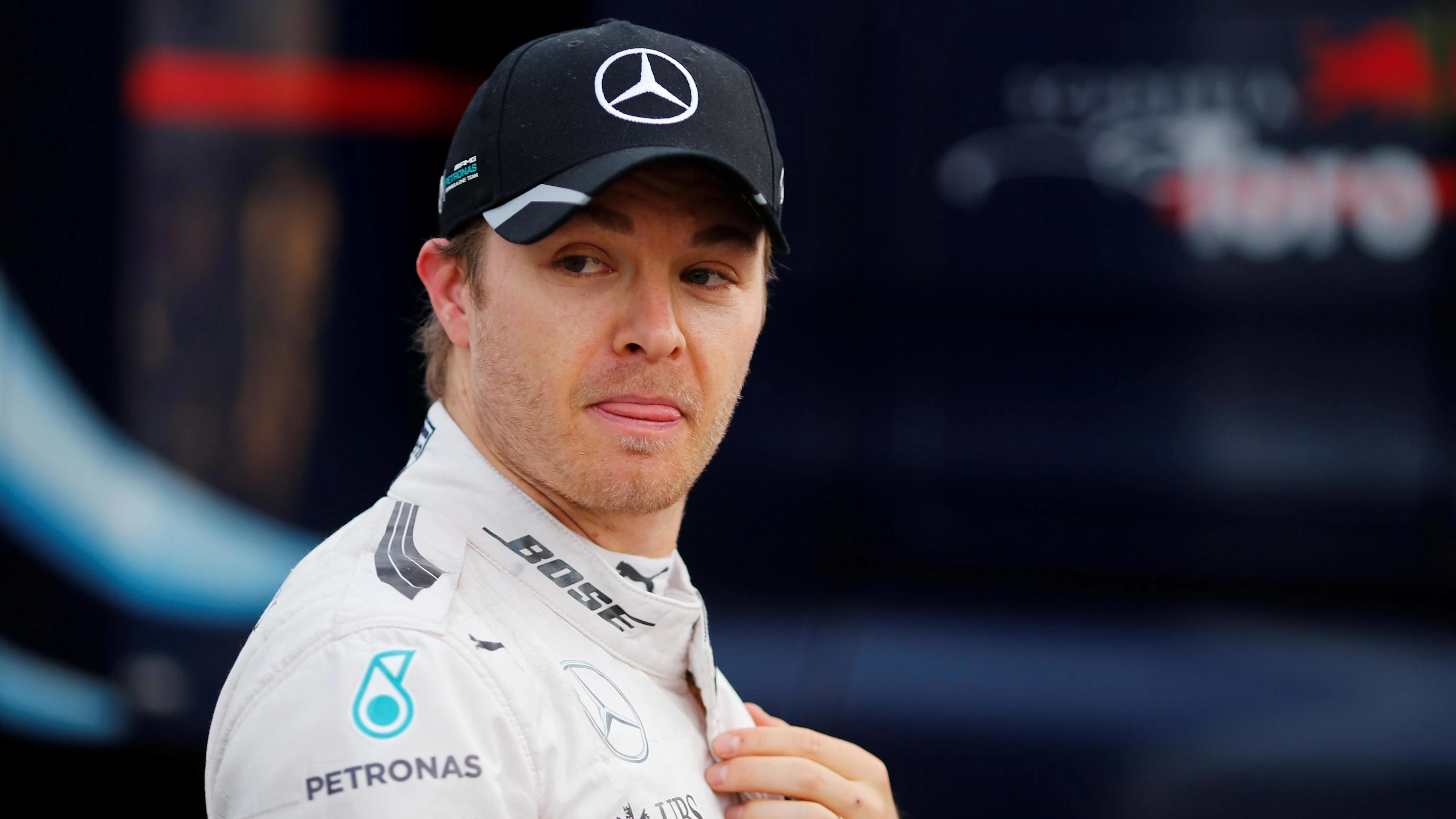
It’s close - but we’re not sure if we are ahead or behind
Ferrari have made a lot of changes to their power unit, which was itself a major improvement over the 2014 versions, while changes to their car - principally to the front suspension which is now of the more popular push-rod design, and the aerodynamics - are aimed at reducing the understeer that hampered Raikkonen in 2015. The SF16-H looks good on the track, if not quite as good as the F1 W07 Hybrid, which seems to glide round in easy obeyance of its drivers’ every command.
Ferrari also suffered a transmission problem and other gremlins in testing, but Raikkonen and Sebastian Vettel nevertheless completed 4,148 km of running, and both were consistently close to the top of the timesheets.
Most observers believe that Mercedes did a pretty good job of keeping their powder dry, however. Rosberg never ran the supersoft tyres or the ultrasofts, for example, while Hamilton barely ventured off the mediums. But Ferrari will be quicker than they were last year, and the signs are that they have narrowed the gap to Mercedes. What remains to be seen, is how great that reduction might be.
Rosberg doesn’t know, and acknowledged: “Ferrari have been very quick. All of the teams have their strategists, we know more or less what fuel thee others were running and they know our fuel, so we know more or less where we are compared to Ferrari. That’s why I say it’s close. But we’re not sure if we are ahead or behind.”
Race simulations on the medium tyres habitually raced at the Circuit de Barcelona-Catalunya suggest that Hamilton had a big advantage over both Rosberg and Vettel on similar runs. Perhaps that was the only time that Mercedes really showed their hand.
Williams, too, looked quick at times, while tending generally to focus on car set-up rather than fast laps. On soft rubber, Felipe Massa lapped in 1m 23.2s. The FW38, however, looks more of a handful on the medium rubber. With 3,985 km under their wheels, the Brazilian and team mate Valtteri Bottas were relatively happy with the way things went in a critical year for the team as they seek to take the fight to Ferrari, while facing increased threat from their pursuers. Interestingly, they believe that the reds are much closer to their grasp than the silvers…
Who could crash the podium party?
Toro Rosso had their fair share of problems in testing - many of them associated with the lateness of the deal to run the 2015 Ferrari engine and the need to modify their car to accommodate it - but nevertheless managed to cover a second-best 4,883 km as Carlos Sainz set the fourth best soft-tyre time of 1m 23.9s, suggesting that Christian Horner’s opinion that the sister team to his Red Bull Racing squad could beat it in the early going might not be misplaced. With a season of experience behind them, the young Spaniard and his sensational team mate Max Verstappen will be strong upper midfield contenders, especially as James Key’s STR11 looks the business out on the track.
Force India will also be in that fight. They ran very strongly in the second half of 2015 with the VJM08B, and the VJM09 carries on where that car left off. Nico Hulkenberg was fifth fastest on the softs with 1m 24.2s, as he, Sergio Perez and development driver Alfonso Celis amassed 3,626 km.
Red Bull face another tough year, the development improvements of the TAG Heuer sponsored version of Renault’s V6 notwithstanding. Their testing yielded 3,803 km and Daniel Ricciardo’s 1m 23.5s soft-tyre best, and the RB12 looked every bit as fluidly poised as the Mercedes. You underestimate the Australian and his hard-charging team mate Daniil Kvyat at your peril as both are now tough, seasoned competitors. But Renault still lags behind Mercedes and Ferrari on power, which will make their task even more difficult.
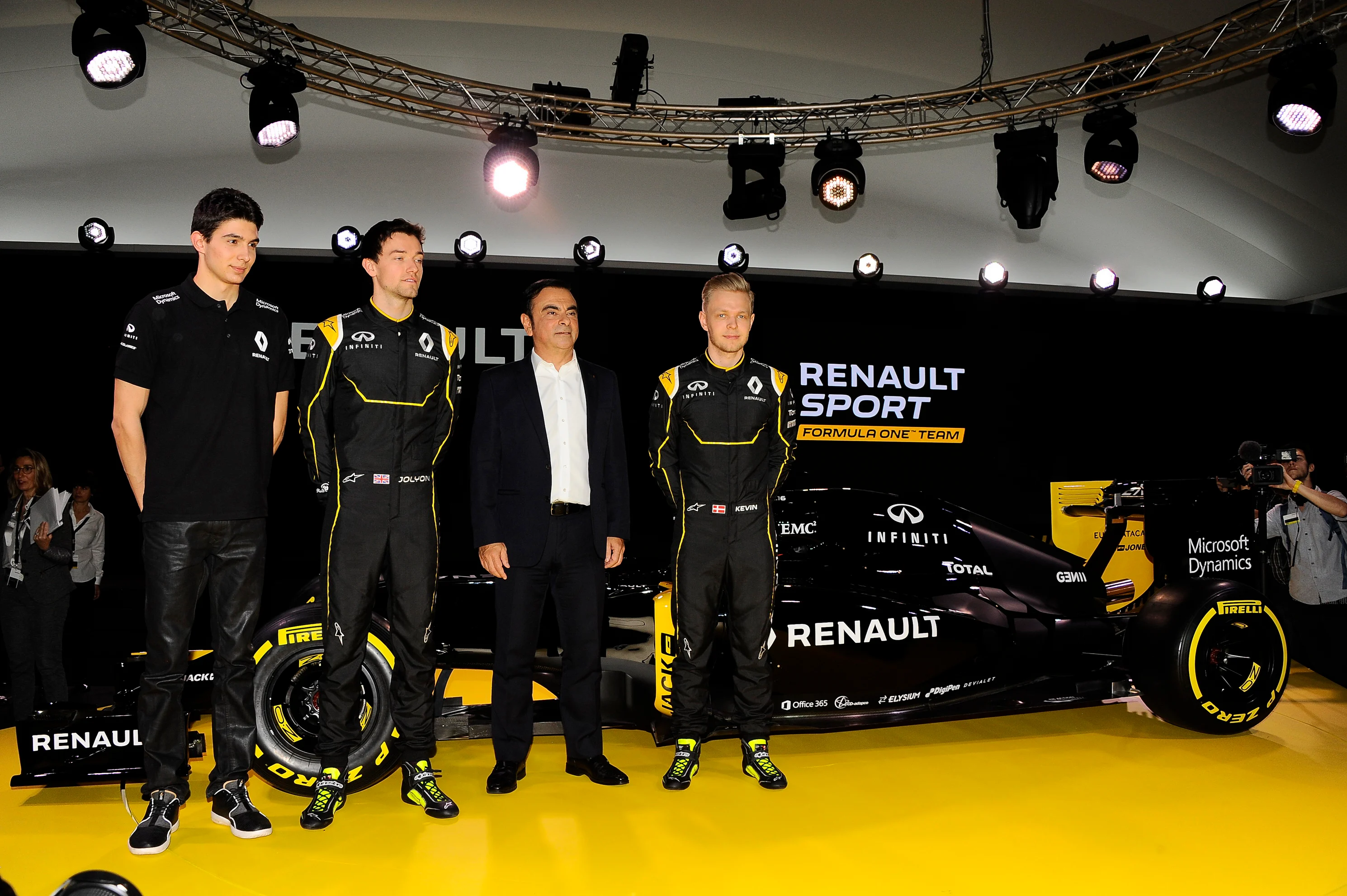
Renault return as a fully-fledged works team
And who might emerge from the midfield?
Sauber go into 2016 with the same drivers - Felipe Nasr and Marcus Ericsson - and a revised C35 echoes the fundamental design philosophy of last year’s C34 while seeking to eliminate its shortcomings. Despite that continuity, this will be a challenging year for the small Swiss team amid the likely challenges from giants such as McLaren and Renault, not to mention the well-funded new Haas squad.
McLaren’s testing covered 3,305 km, and demonstrated that the Honda engine has better ERS deployment but still lacks Mercedes-challenging horsepower. It’s probably now on a par with Renault. Reliability was also questionable, albeit of a more niggling nature than some of last year’s significant catastrophes. Interestingly, some observers felt the new MP4-31 did not look as poised as the MP4-30 did last year, but in fairness it did not run with its full 2016 aero specification and it’s possible that set-up changes to cope with horsepower shortfalls compromised its behaviour. But it’s clear that there is still much work to be done here before Fernando Alonso and Jenson Button start to run near the front.
Renault’s decision to return as a manufacturer is a major boost for F1 racing and an endorsement of its value to road car development. But though the engine is reportedly better than it was in 2015, the benefit of many of the improvements that the French auto giant will make or have made to the team’s infrastructure will not make itself felt for some time. Theirs will be a long road back to the front, but in Kevin Magnussen and Jolyon Palmer they have a brace of up-and-coming drivers with their own individual points to prove.
Haas got their maiden F1 campaign off to a great start in the first Barcelona test, a front wing failure notwithstanding, but the second provided a reality check as a host of irritating problems made Esteban Gutierrez the driver with the least mileage. Nevertheless, the signs are that the American outfit have the means and the resources to run strongly in the midfield once they hits their stride, and in Romain Grosjean especially they have a star capable of unexpected performances.
Finally, Manor come into 2016 with their revised management and driver line-ups, which see racing director Dave Ryan returning to active F1 duty for the first time since 2009, and rookies Pascal Wehrlein and Rio Haryanto getting their first chance in the ‘Big League’. Mercedes power is a major step forward, but will now focus attention on the effectiveness of the MRT05, which is alone in retaining the longer nose which even Ferrari have now abandoned.
A race into the unknown
Will the new tyre regulations, the potential minefield of qualifying, and the drivers having more of a say in their own race strategies and decision-making, make crucial differences in the outcome of races?
Qualifying could spring some surprises of the ‘bad luck, bad timing’ variety, while the need for cool intelligence from drivers in the heat of battle could cause some upsets. And with them having to select their tyre options early for the first eight races, to help Pirelli to estimate their production requirements, we might see some of them regretting their choices but unable to do anything about them.
Like most things to do with the 2016 season form, however, the jury is still deliberating. The one thing that is for sure right now is that no matter what happens in Albert Park on Sunday week, the full picture and the real pecking order will take a few races to materialise, especially as everyone has more parts to bring to the party than they had time to ready for testing in Spain.
It’s going to be fascinating campaign...
Next Up
Related Articles
.webp) Winners & Losers5 Winners and 5 Losers from the 2025 season
Winners & Losers5 Winners and 5 Losers from the 2025 season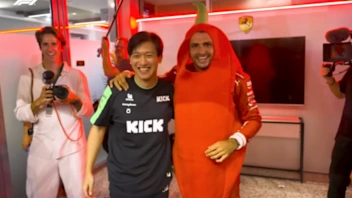 The best moments from F1 Secret Santa over the years
The best moments from F1 Secret Santa over the years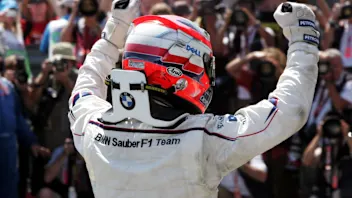 Tremayne'Why I’ll always have a soft spot for Sauber'
Tremayne'Why I’ll always have a soft spot for Sauber'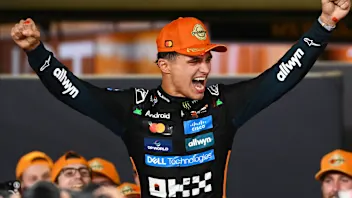 Our writers on the best drivers and stories from 2025
Our writers on the best drivers and stories from 2025.webp) End Of Year Reports 2025Kick Sauber’s best and worst moments from 2025
End Of Year Reports 2025Kick Sauber’s best and worst moments from 2025 ExclusiveWhy Gasly feels ‘ready for my time’ in F1
ExclusiveWhy Gasly feels ‘ready for my time’ in F1